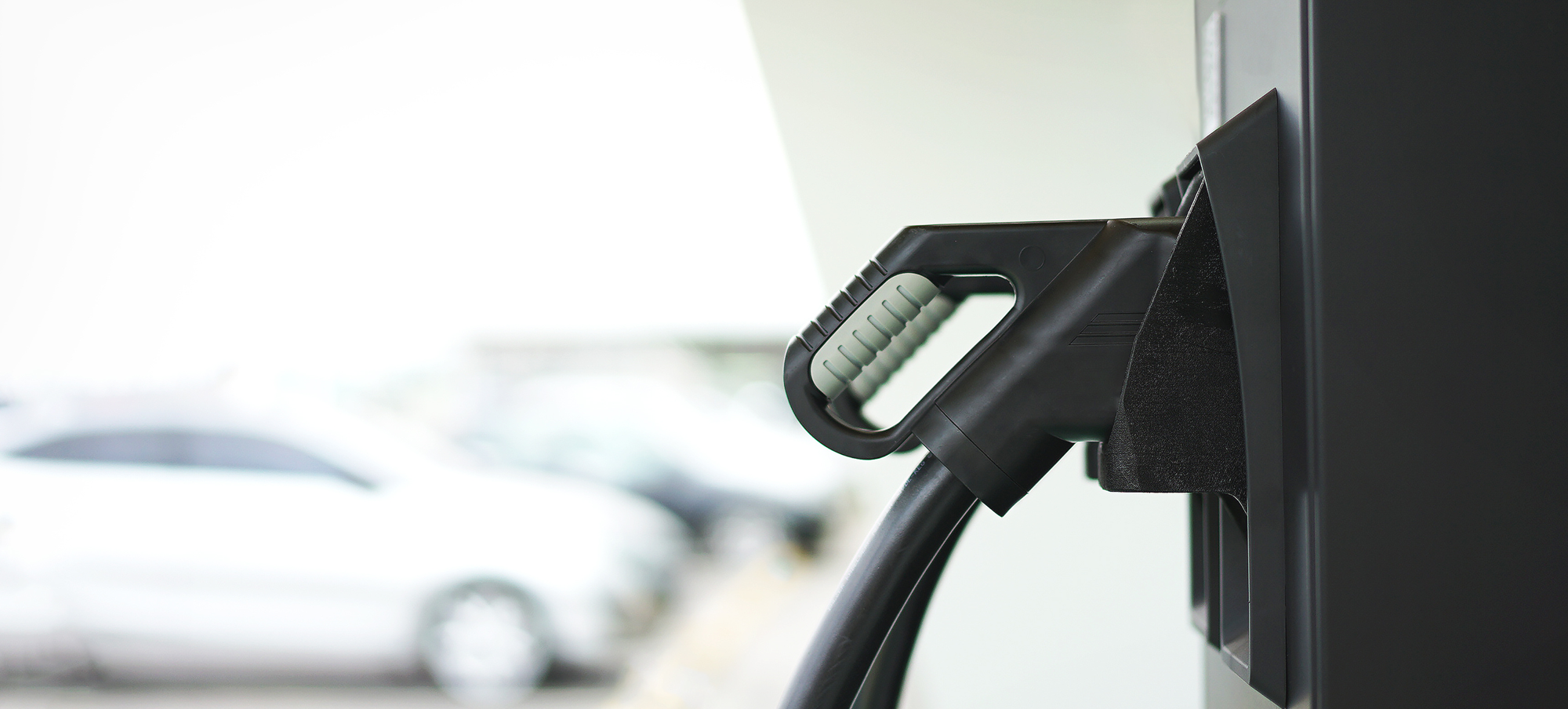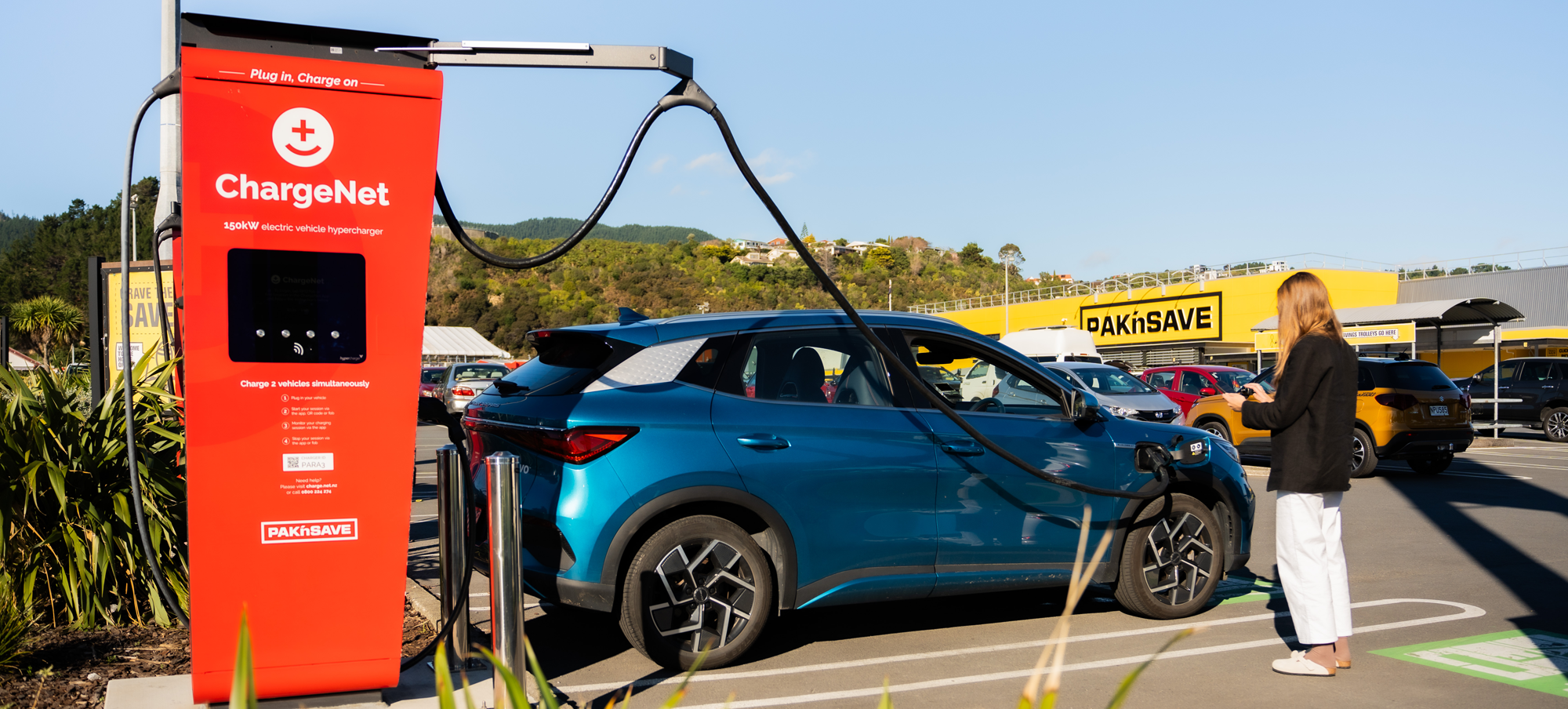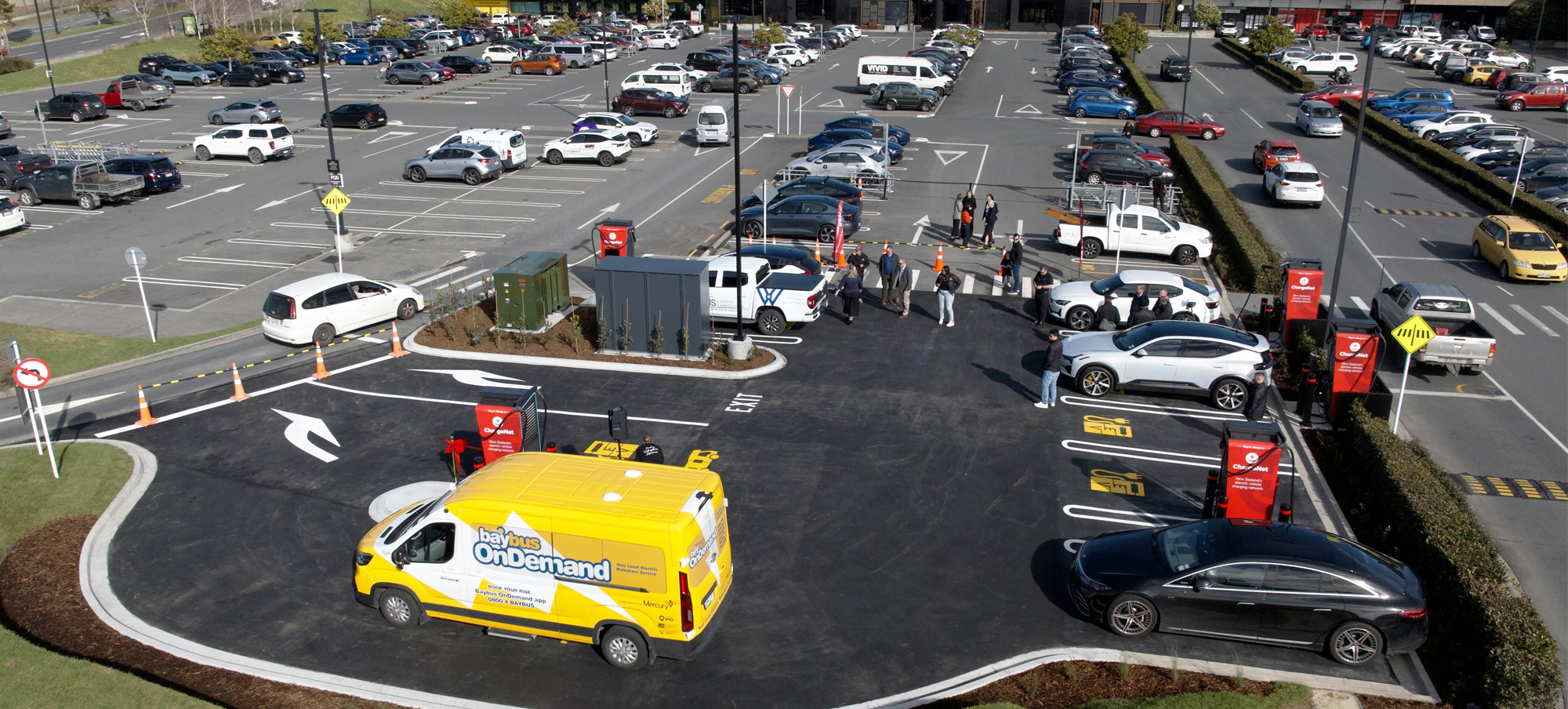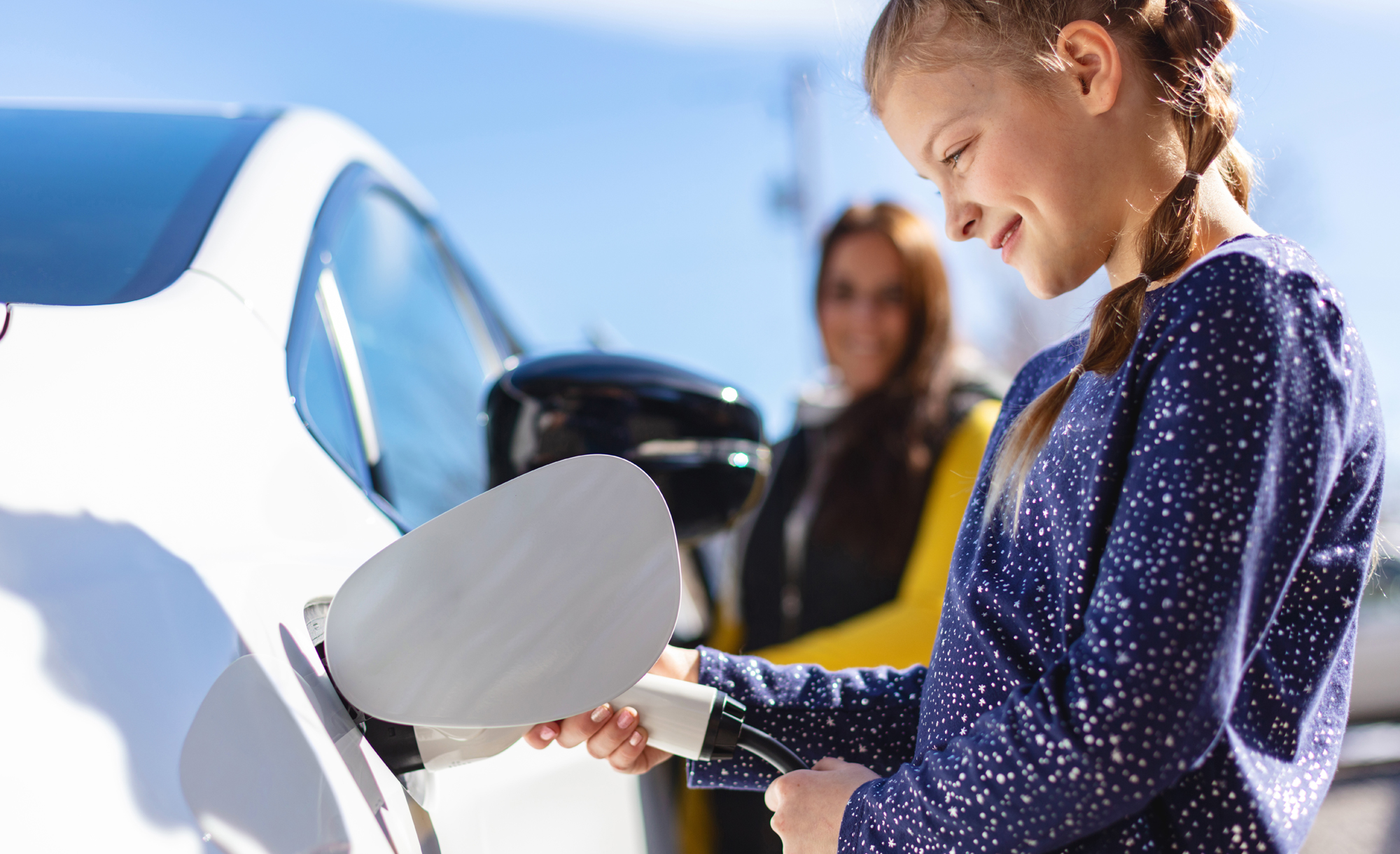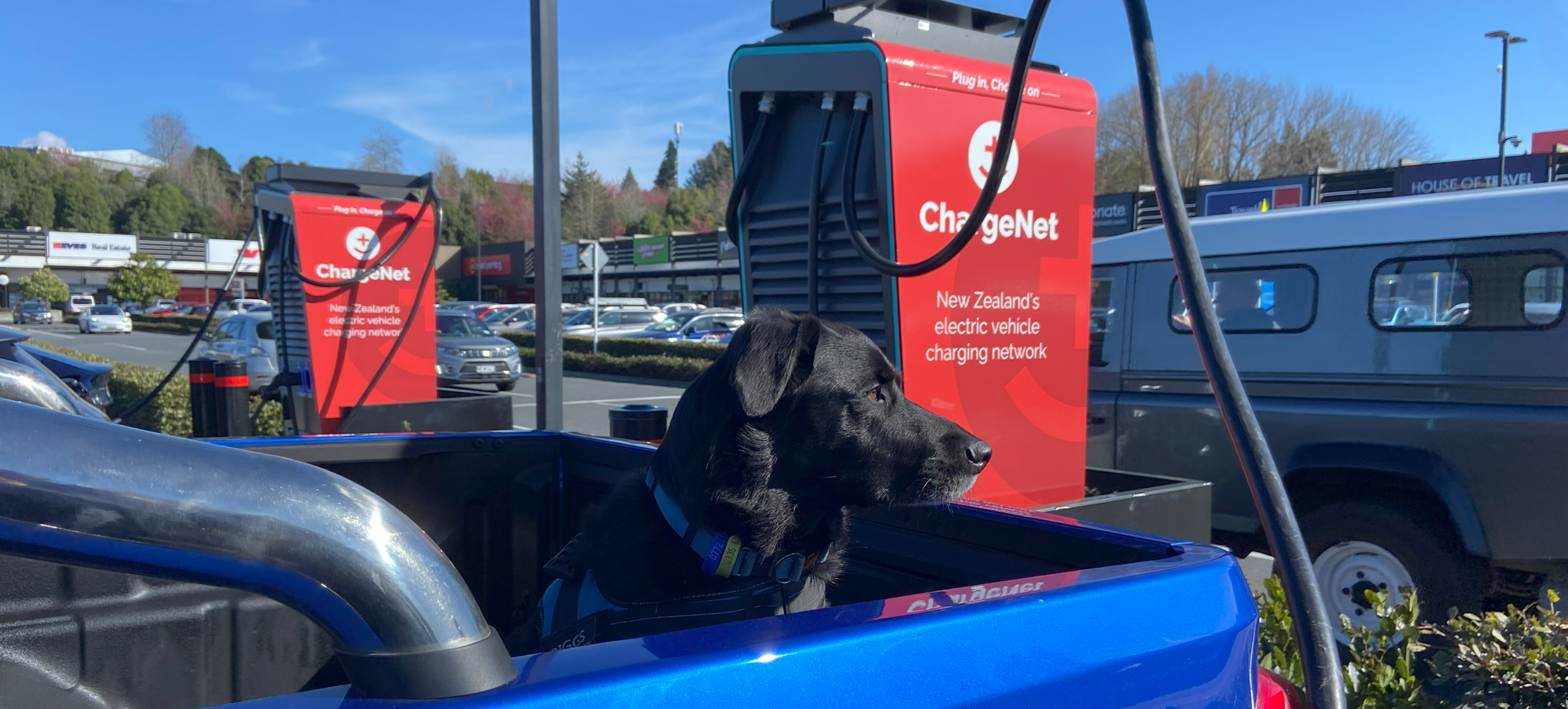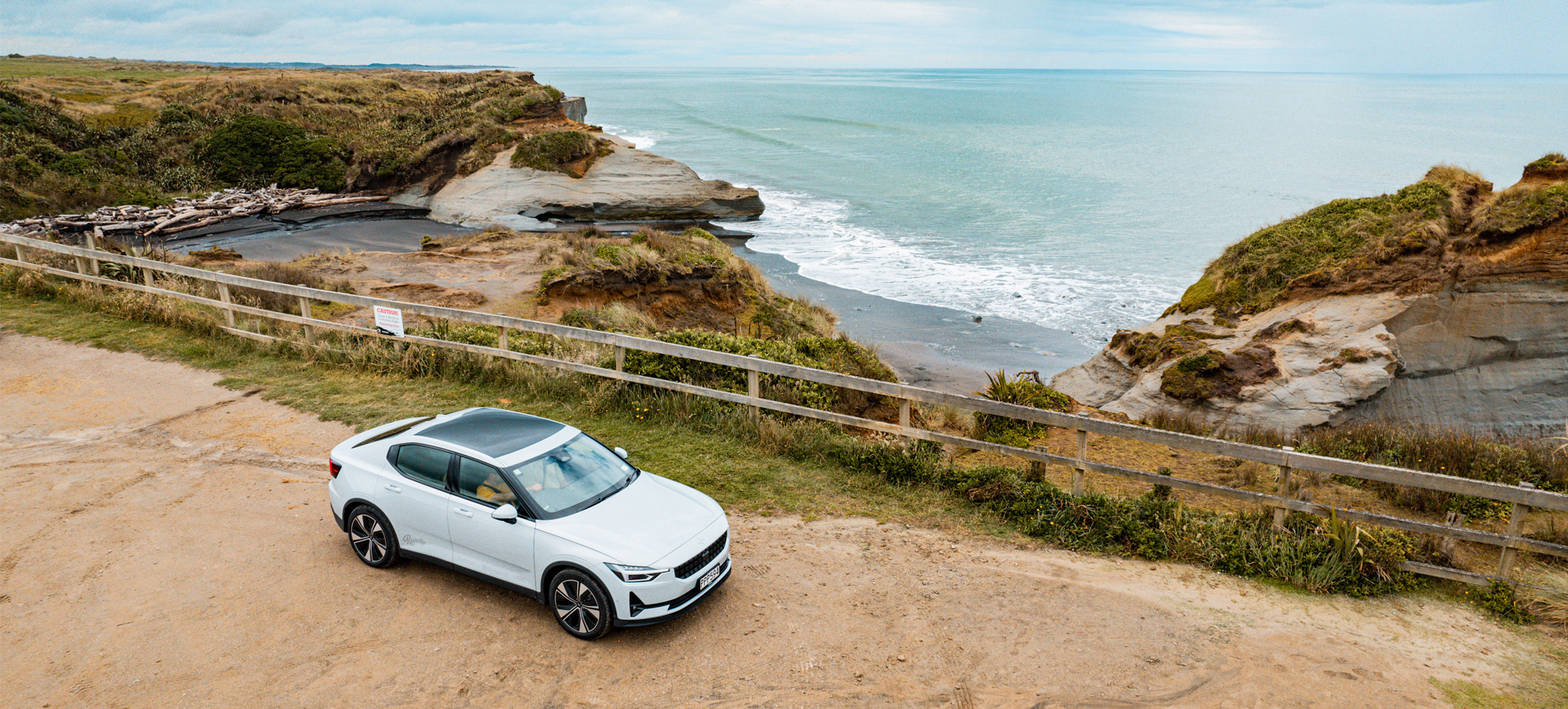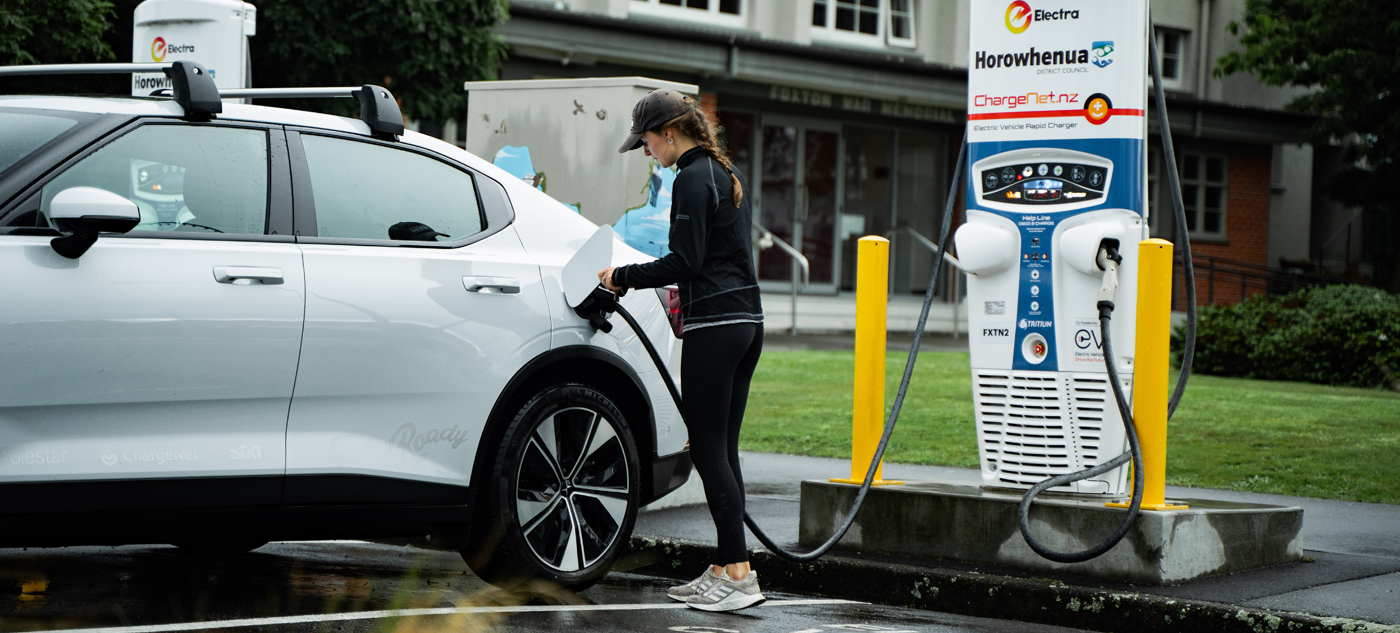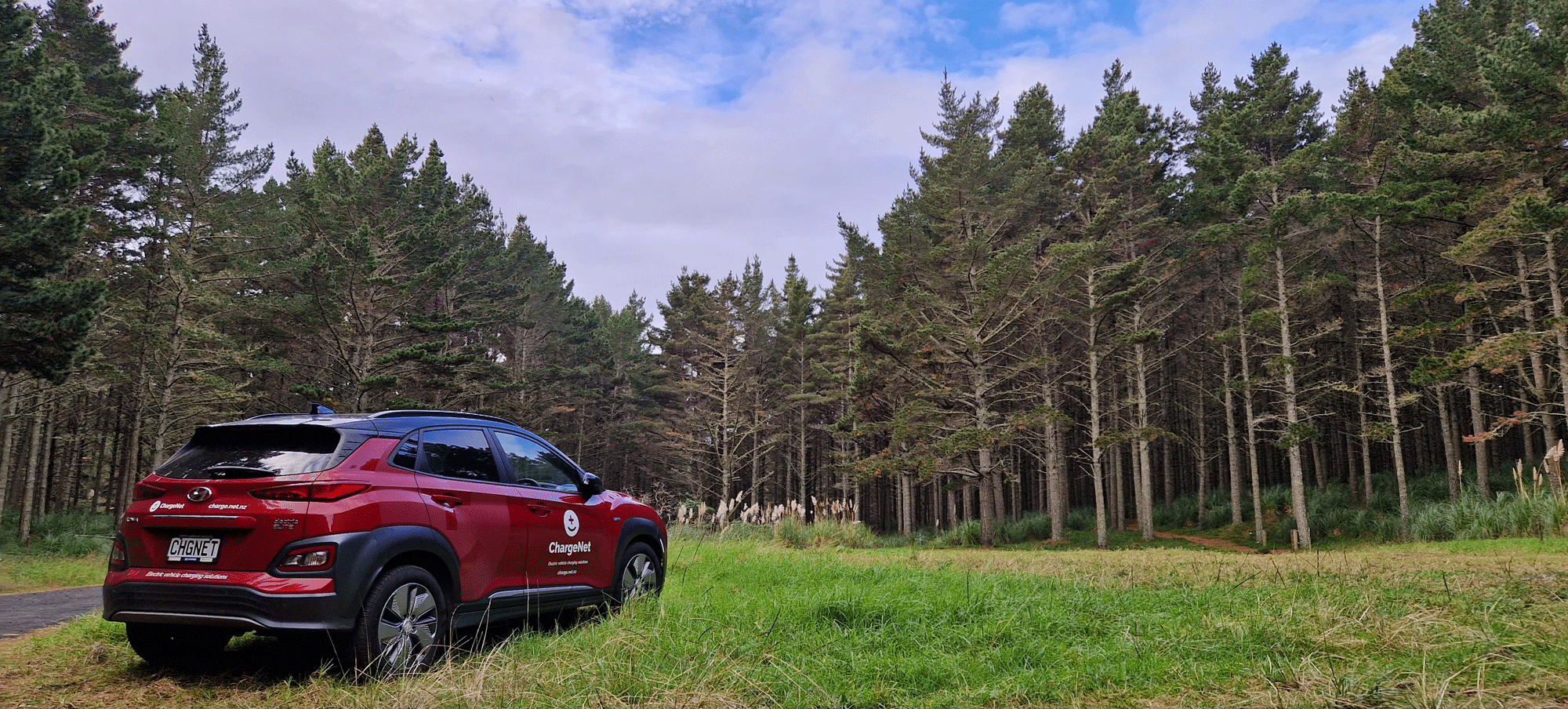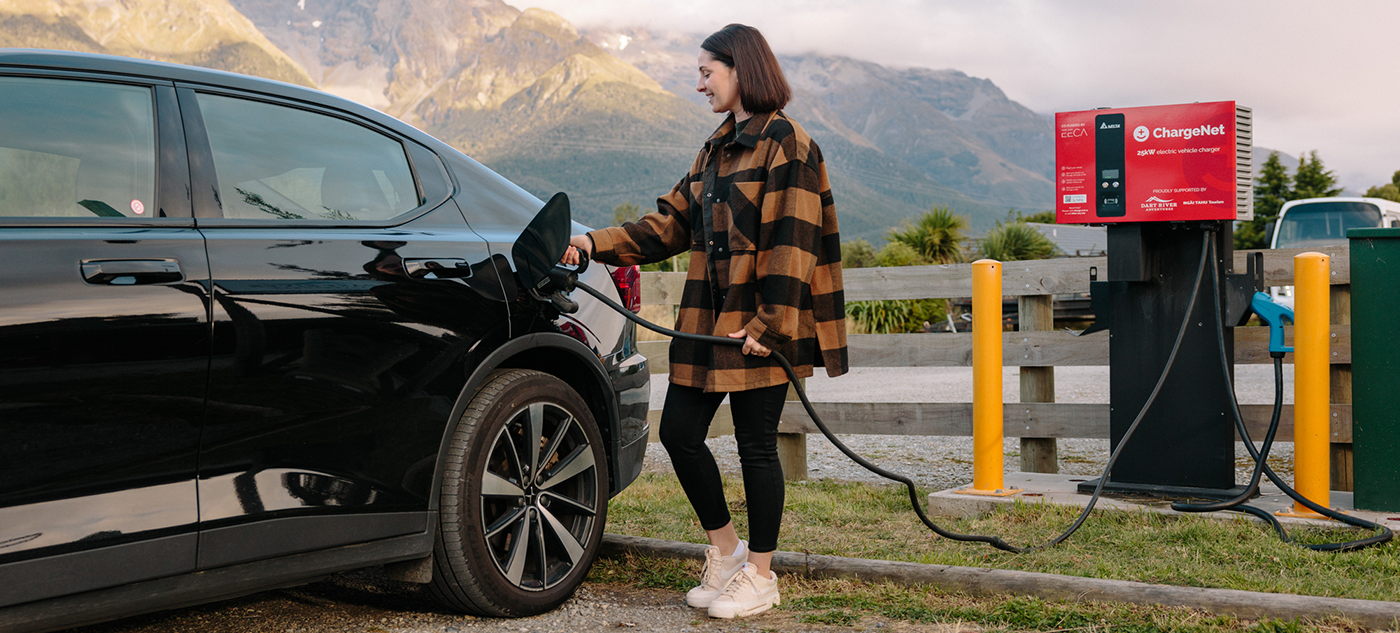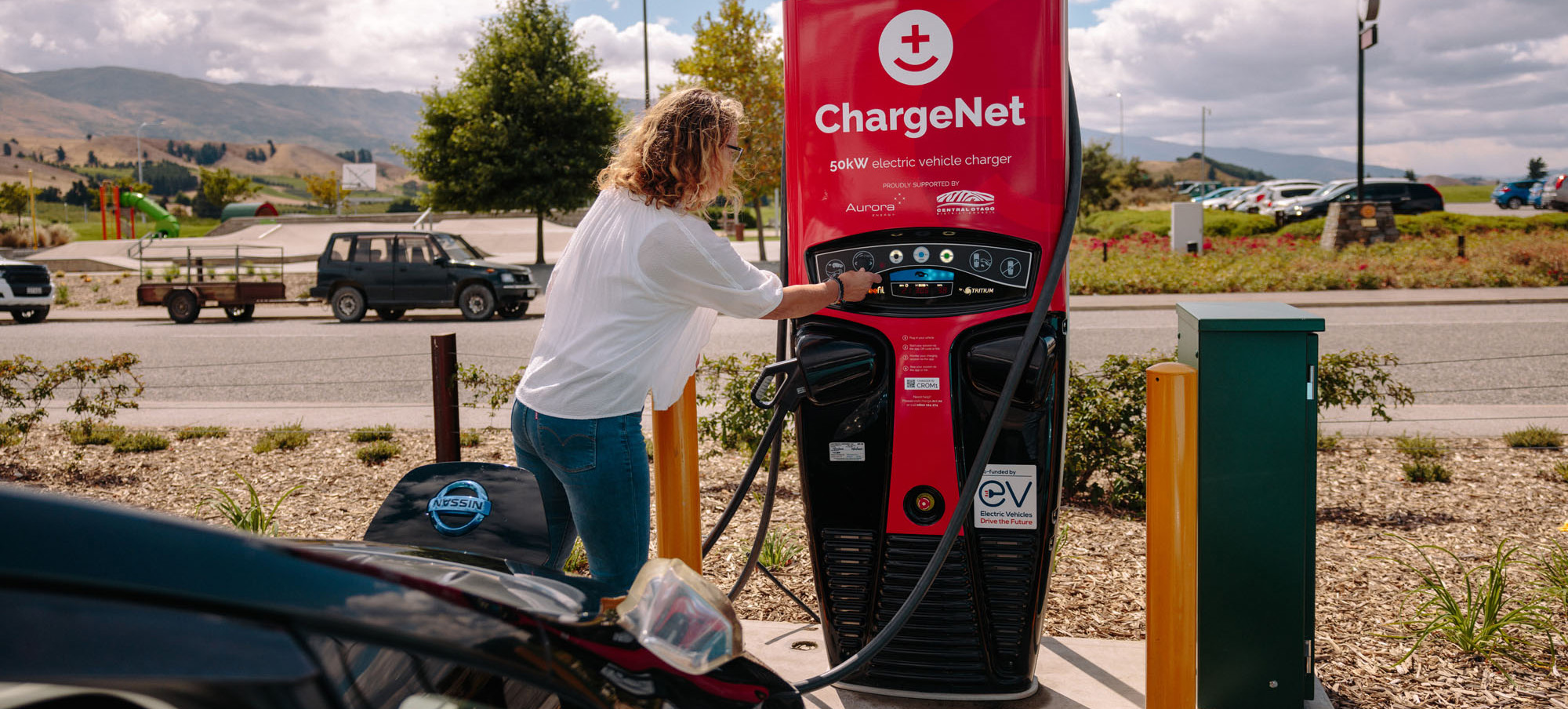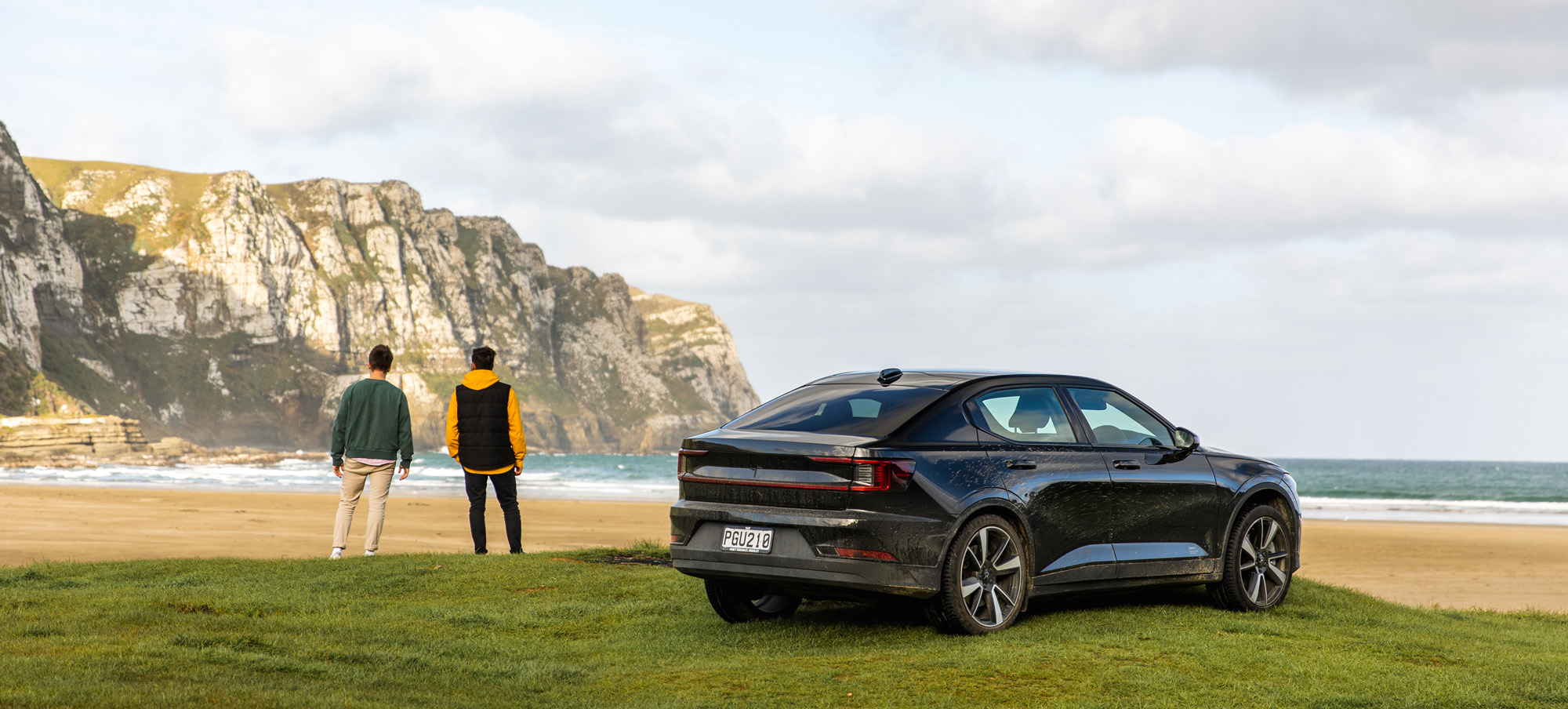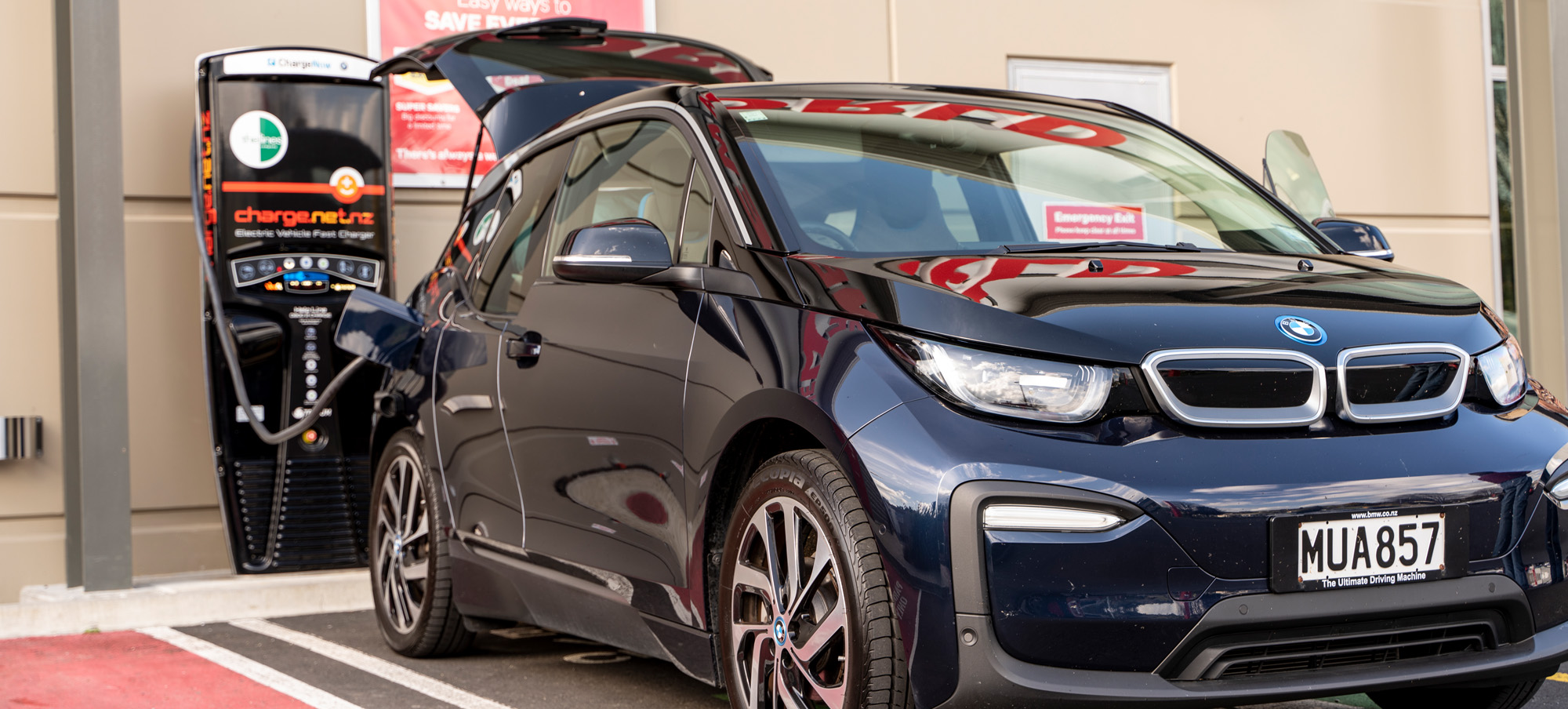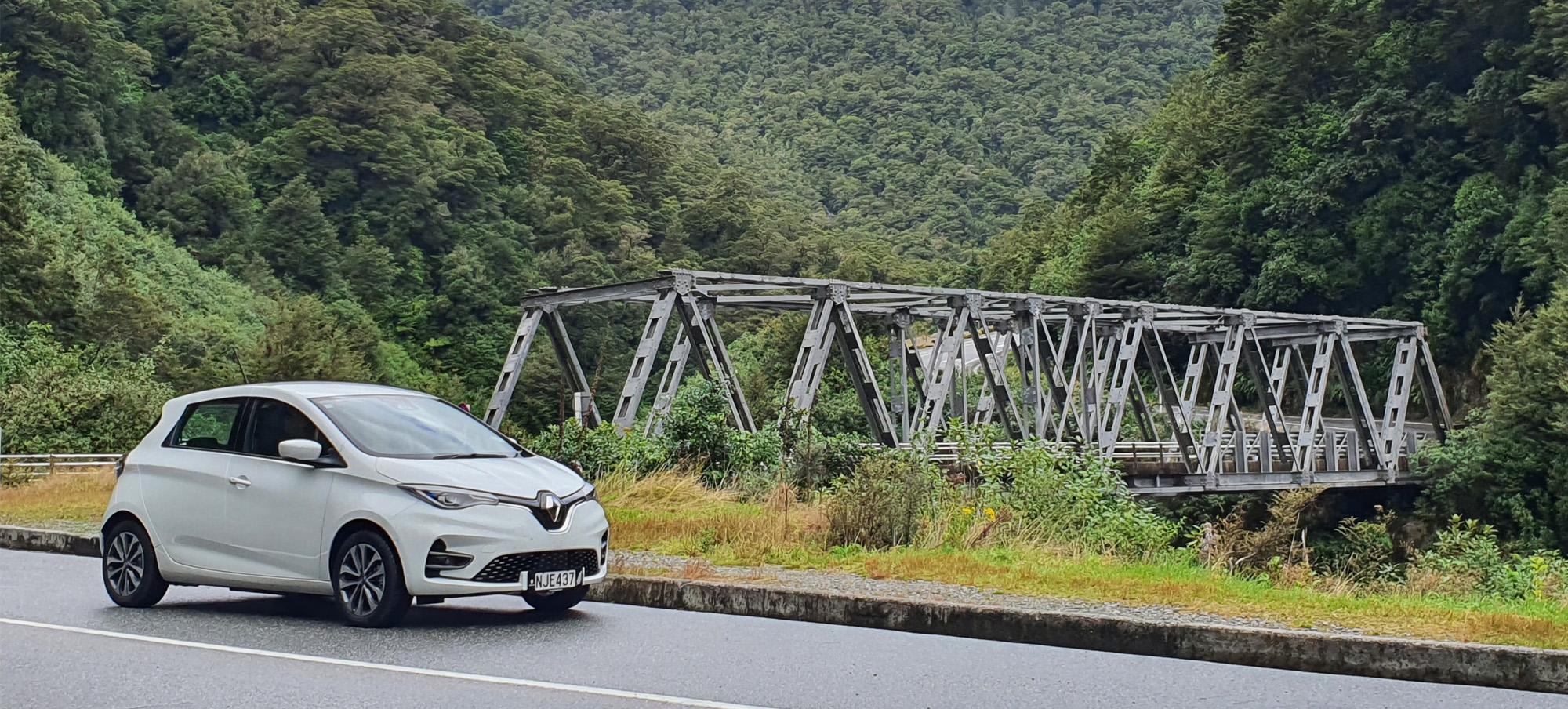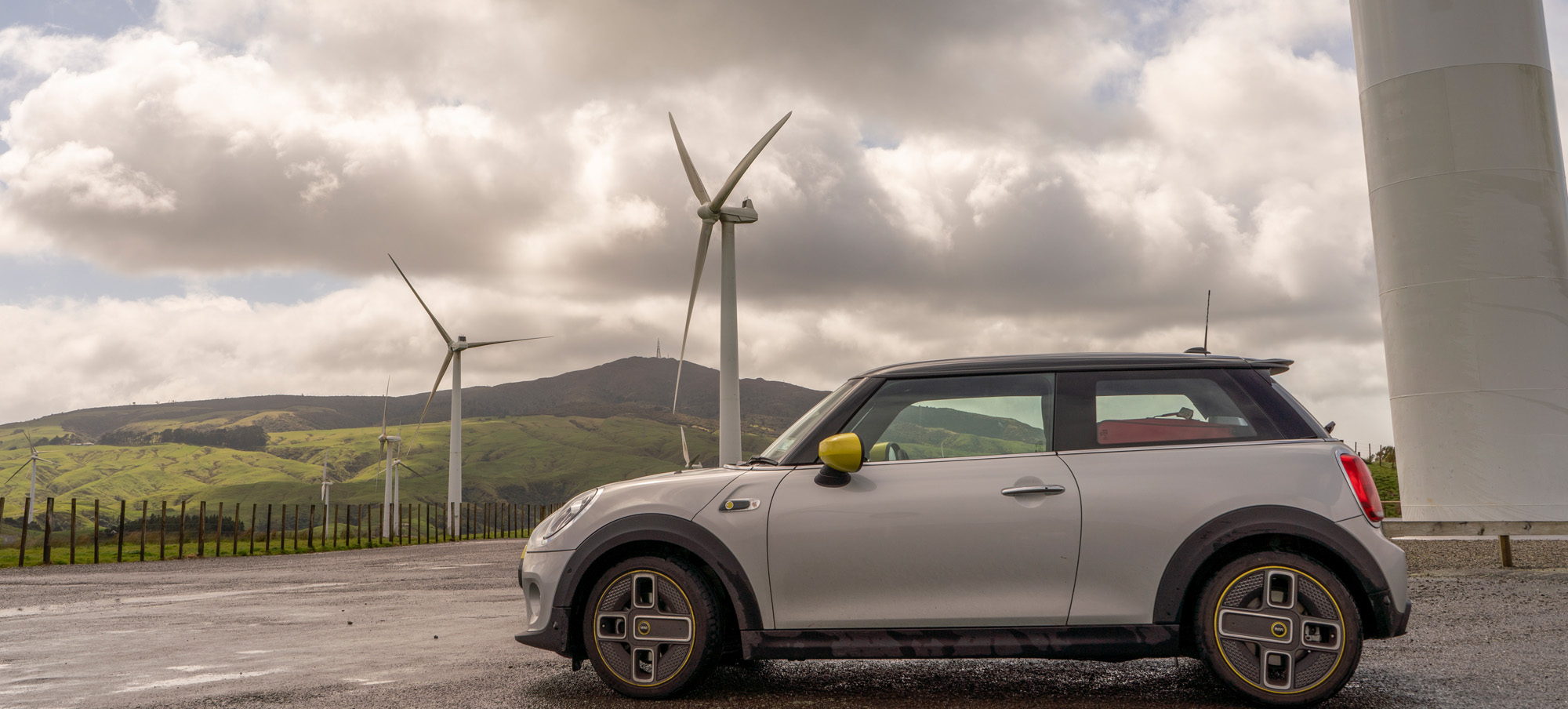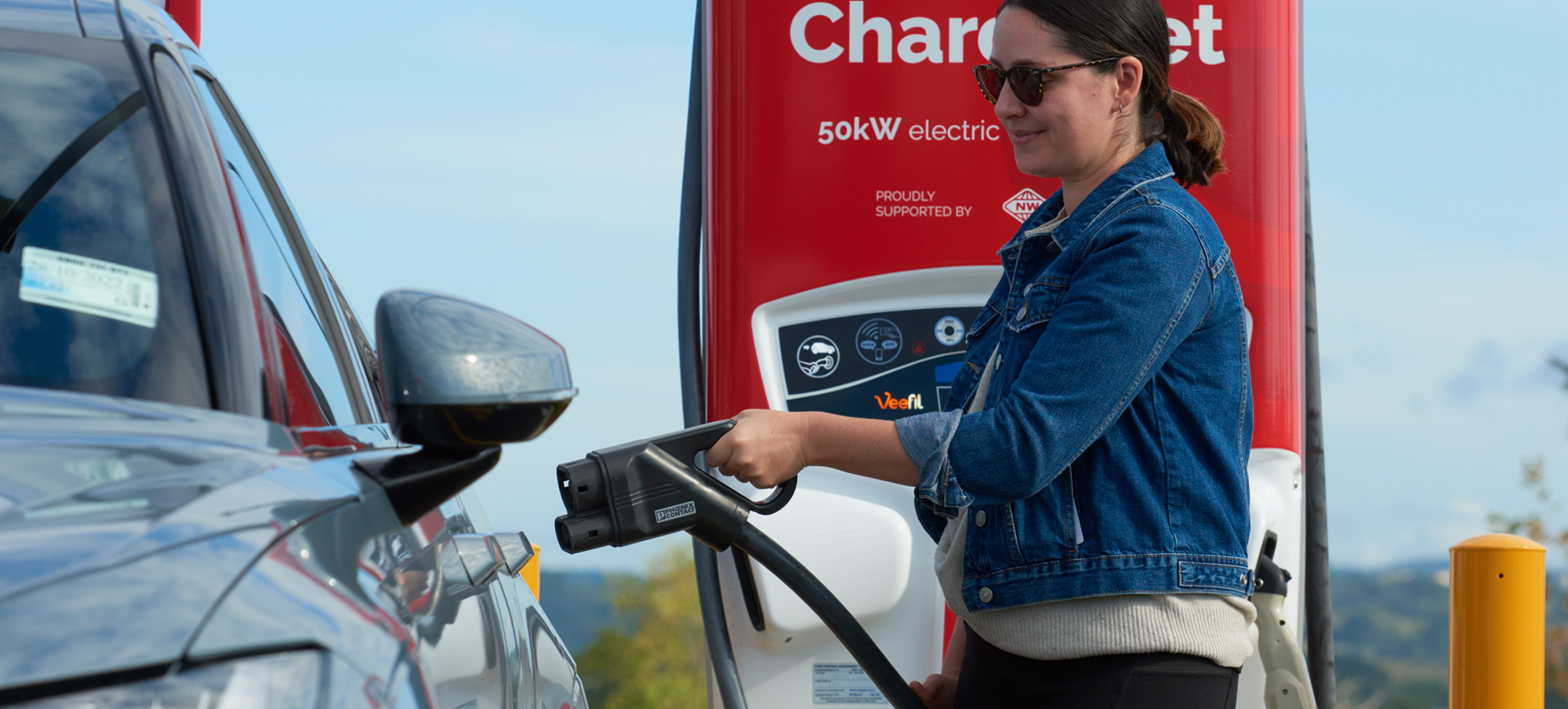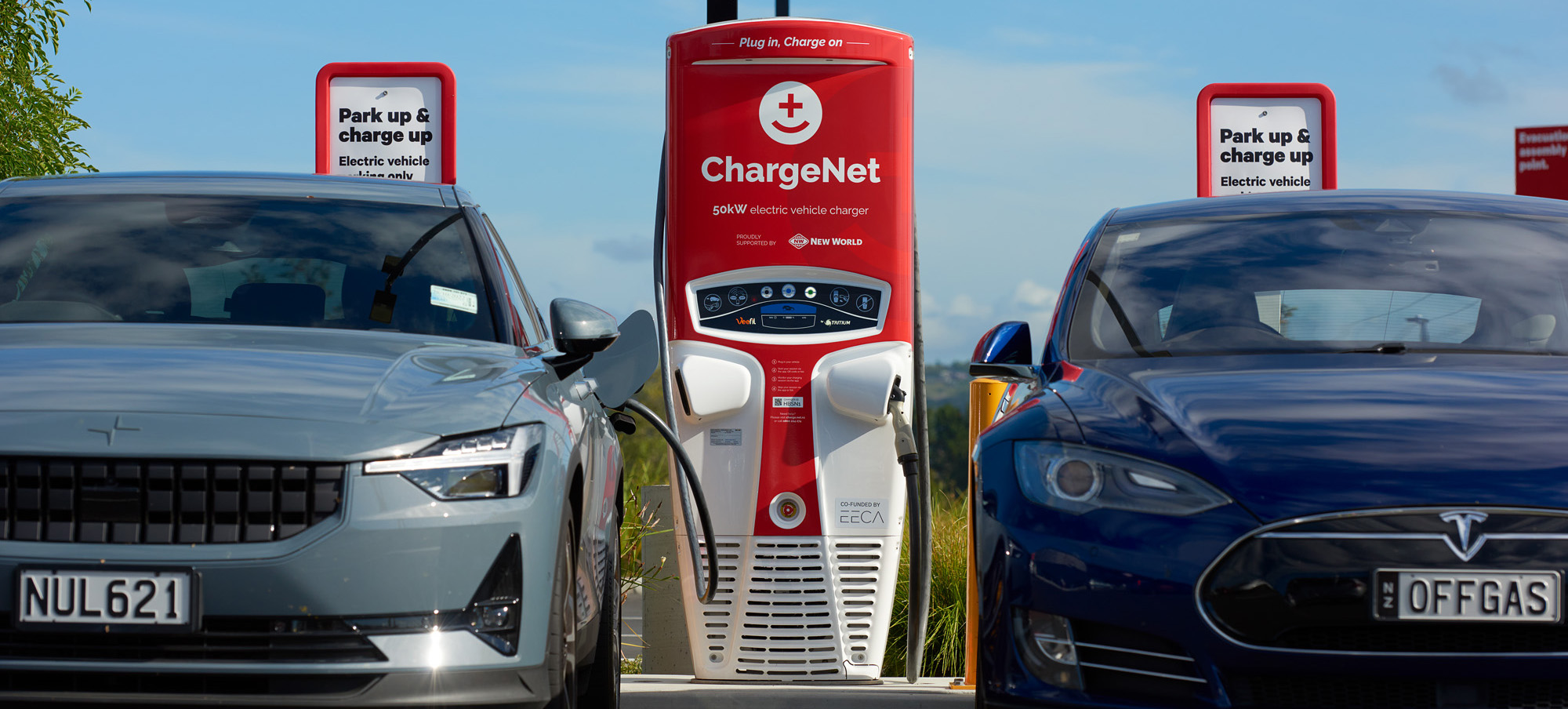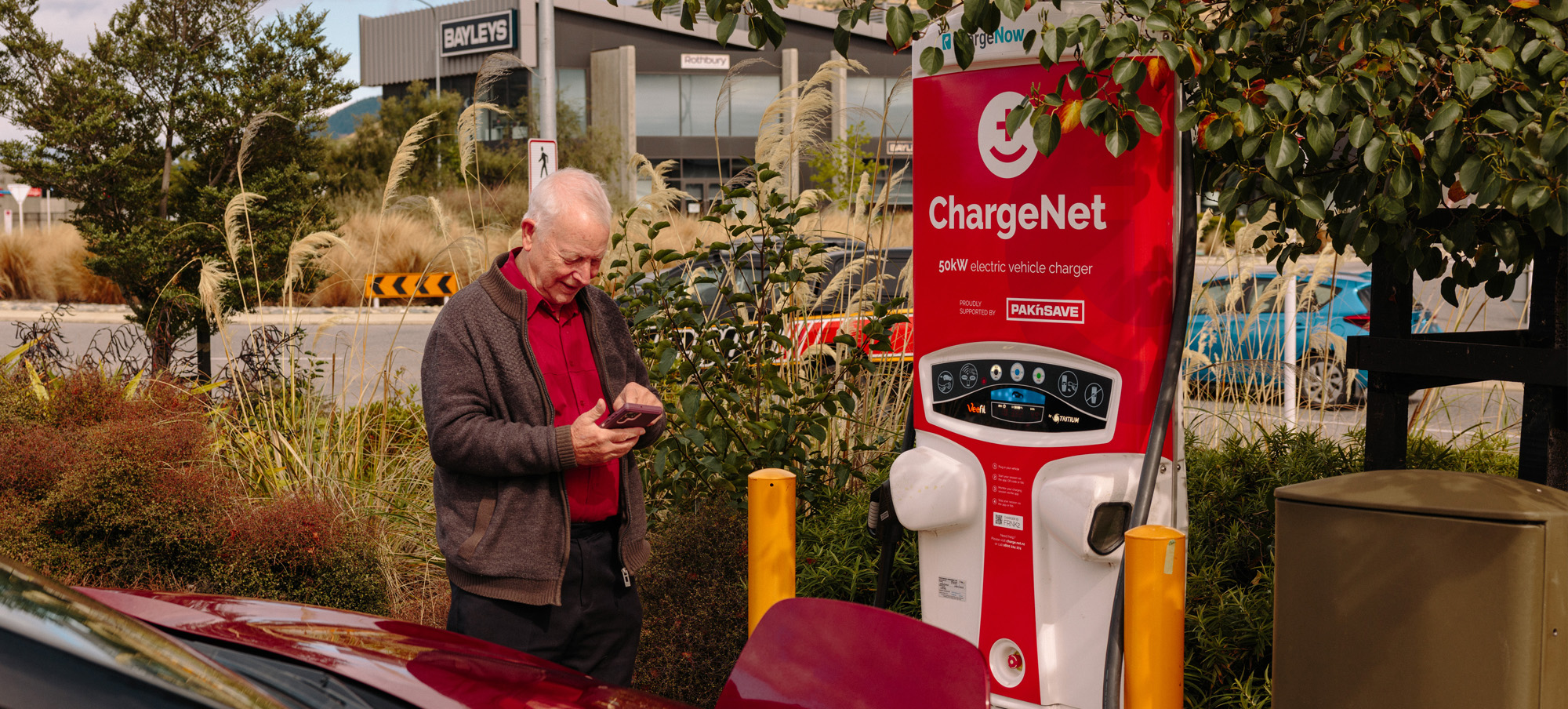
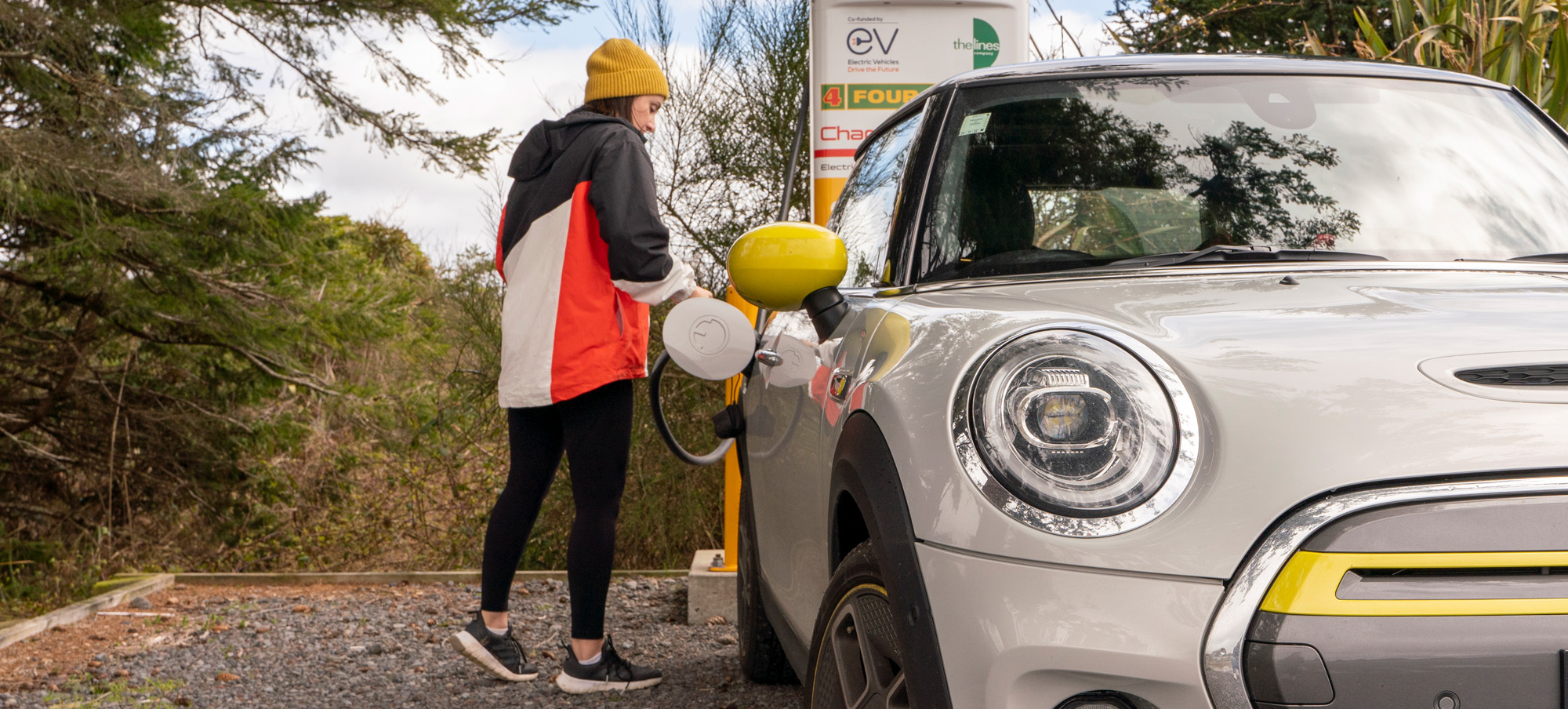
Charging on a ChargeNet DC rapid charger is a matter of waiting minutes, rather than hours to charge your car. Time enough to stretch your legs, refresh yourself, or check your emails. Generally, you could spend less than 5 minutes or up to 90 mins at a rapid charging station. It’s rather like ‘how long is a piece of string.’ Well it depends…
The best answer to this question is that it should take between 15 and 30 minutes to add 100km to your range. But that is, understandably, not very precise to the new owner. For a comprehensive estimate of your EVs charge time, we suggest you check with your dealership, who should be able to provide typical charging times for a variety of chargers.
In truth, the speed at which your car will charge, and the total time it will take, depends on a number of variables. Let’s take a look at some of those now.
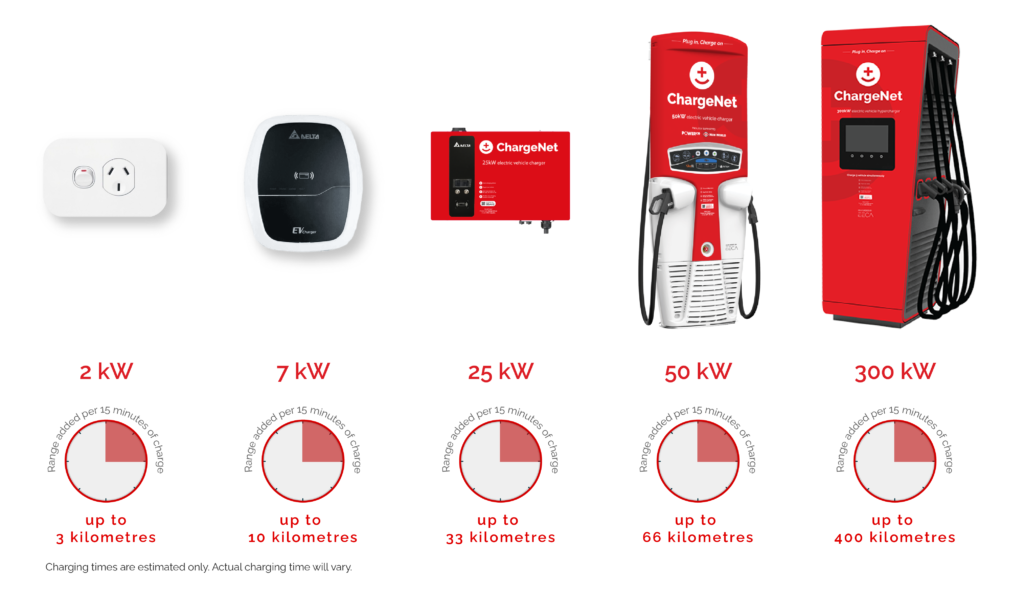
1. Charger speed
The next variable is the type of charger. DC rapid chargers are faster than AC chargers because they bypass the fairly small onboard ‘under the hood’ charger and enable electrons to flow directly into your DC battery. ChargeNet offers a range of different DC charging speeds: 25 kW, 50kW and 300 kW*. These are maximum charging speeds under optimum conditions, and it is important to note that not all cars will reach these speeds. The car will instruct the charger as to how much kW it can take, and the charger will adjust to suit the car. *A charger is rated in kW, whereas your battery is rated in kWh.
2. Size of battery
Just like petrol cars which have a variety of different tank sizes, EV battery packs come in all sizes too. Obviously it will take less time to charge a short-range vehicle with a small battery, than it would to charge a long-range vehicle with a high capacity battery.
3. Charging protocol
The type of charge port that your car has may make a difference at some of the faster chargers. ChargeNet DC rapid chargers offer two connection protocols: CCS-2 and CHAdeMO. Currently, only CCS-2 is capable of ultra-fast speeds such as 300 kW, while the maximum speed the CHAdeMO protocol can offer is 50 – 62 kW*, even if it is connected to a 300kW station. CHAdeMO is common in ex-Japanese cars, and CCS-2 is the standard in cars manufactured in Europe and Korea. * CHAdeMO technology will offer faster charging in the future. Also note that not many EV models currently available in NZ can accept ultra-high speeds. ChargeNet is future-proofing its network by installing 300kW hyperchargers at strategic points.
4. EV Model
Different cars charge at different speeds. This comes down to the technology offered by the manufacturers. Relevant technology is the battery chemistry, and the onboard battery management system (BMS), whose job it is to protect your battery from over/under-charge, overheating, etc and to manage the cell balancing, and information exchange between car and charger. All EVs have an individual charge pattern which, much like a fingerprint, differs from model to model, and even within the same models to a small extent.
5. State of charge
Following on from the point above, and perhaps the most significant variable is, the portion of the battery you are recharging. Regardless of which technology your batteries and charger use, all lithium ion batteries charge quickest from about 5% recharged and gradually slow as they fill.* For example, your battery may charge faster between, say, 20 and 30% State of Charge, than it will between 50 and 60% SOC. Even EVs that can Ultra-fast-charge will only do so for the first portion of the battery. Most EVs drop their charging speed as they approach roughly 60% full. All EVs will significantly drop their charge speed after they reach approx 80% full, and this is a design feature rather than a flaw. ChargeNet offers the choice to only fill to 80% as the default option because the slower you charge, the more it will cost you. ChargeNet does not allow you to charge over 95% because that last 5% may take as long as the first 95%, for only a few kilometres’ gain. Save ‘balancing up to 100%’ for when you are at home or overnight. *Hot tip: long range cars may reach their destination quicker, if they make say two shorter charging stops, rather than one long full-charge, depending on charger location, etc.
6. Temperature
Charging speeds are detrimentally affected by a sub-optimal battery pack temperature. Temperature changes are caused by the ambient temperature, charging, and demanding driving. Similar to human-beings, lithium-ion batteries work best when the ambient temperature is 21.5ºC. When they get too cold, they become sluggish, which means slower charging speeds (and less range.) Some models will not charge under 0ºC, while others will spend considerable energy heating the battery. Meanwhile hot battery conditions do not affect the charging speed directly, but heat will cause the battery pack to degrade years before it should. To combat this, the BMS will communicate directly with the charger and slow the charge down, or stop accepting a charge completely, if the battery gets too hot. The upper temperature level varies depending on manufacturer, but usually maxes out at about 45ºC. If a ChargeNet charger slows right down or stops unexpectedly, it may be that the car has instructed the charger to stop the flow of electrons due to heat. This is more prevalent in battery packs that are passively, rather than actively, cooled.

